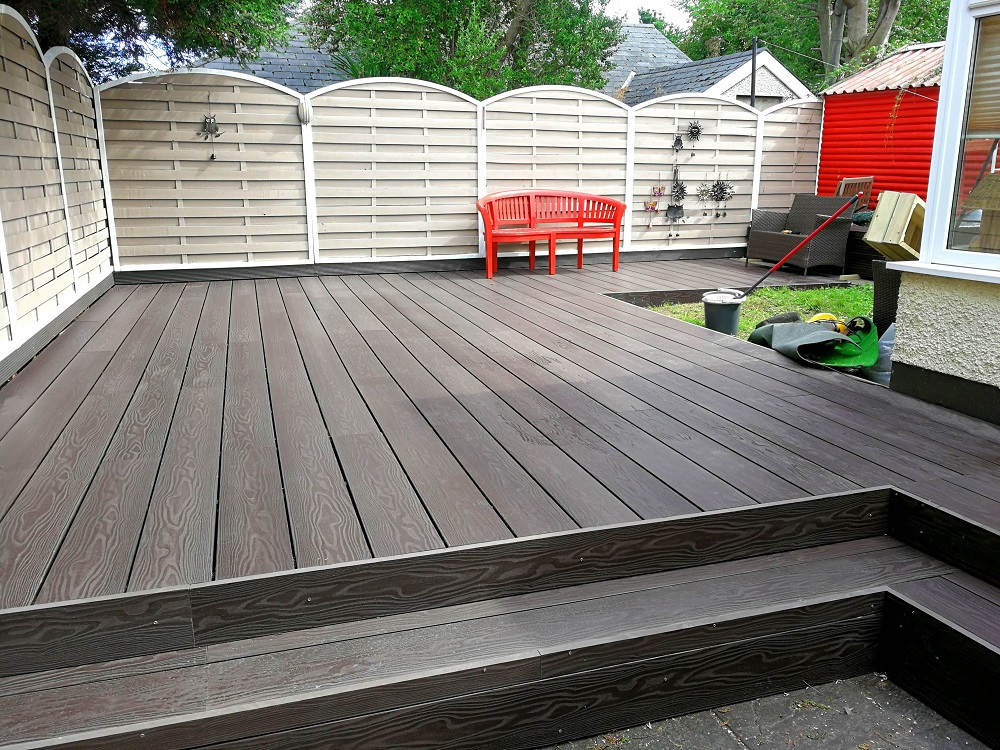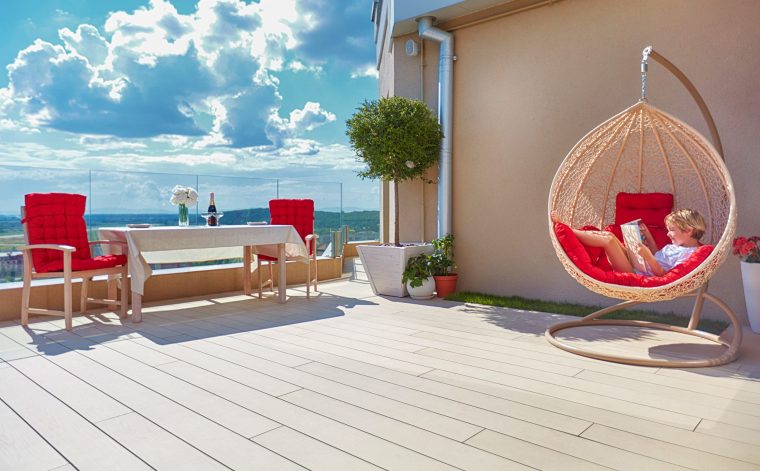WPC for outdoor terraces
Wednesday, July 5, 2023With the development of the construction industry, the customization of plastic wood flooring will become a trend. According to the actual scene needs and the actual functional requirements of the floor, the functional and aesthetic modeling rules should be followed when designing the surface of the floor. Make the surface design of the plastic wood floor more beautiful and practical. Functional and aesthetic modeling principles in product design make the surface design of plastic wood flooring modular, achieve product serialization, and standardize production, so that plastic wood flooring has a broader development space.

The marketization of wood-plastic composite products has only a history of more than 30 years in foreign countries. With the comprehensive utilization of resources and the enhancement of environmental protection awareness, wood-plastic composite materials have received more and more attention from all over the world. At present, it has entered a stage of rapid development. Because it is used in garden landscape, outdoor building materials, furniture, logistics facilities, municipal facilities, wharf ports and indoor and outdoor decoration and other fields. The near-water area is constructed of plastic wood materials, which can give full play to the advantages of good water resistance of plastic wood and greatly improve its cost performance, so the application in this area is developing rapidly. Wood-plastic projects on the lake, such as wood-plastic decking in wetland parks.

The traditional floor materials around the swimming pool are cement, marble and ceramic tiles, etc. The temperature of the surface of this floor is greatly affected by the environment, and the contact with the soles of the feet will produce a strong sense of stimulation; the water resistance of the wooden floor is poor, and there is a risk of wood thorns. The performance characteristics of wood-plastic composite materials can just avoid the above-mentioned defects, so the application in this area can give full play to its advantages. Port and wharf decking. Because the water absorption rate of plastic-wood composite materials is much lower than that of natural wood, the dimensional change rate after water absorption is also small, and it can withstand seawater corrosion and has a long service life. Therefore, it is the most ideal wood substitute material for ports and docks. The marina of the West Lake. Plastic wood terrace of villa near the water. With the improvement of the performance, design and construction level of wood-plastic composite materials in my country, the application of hydrophilic terraces has also begun to develop.

Compared with wood, plastic-wood composite materials have the advantages of water resistance, corrosion resistance, no wood thorns, no need for paint, and long service life. Plastic-wood decking is still the most widely used product among plastic-wood products, and is widely used in outdoor floors. , such as terrace flooring, balcony flooring, trestle decking, flooring around indoor and outdoor swimming pools and outdoor step boards, etc. At present, plastic wood materials are also used as the base floor, and the wear-resistant or decorative layer is compounded on it, which is used in indoor wet areas, such as bathrooms and kitchens. However, because its creep resistance, rigidity, and bending strength are lower than solid wood, it is often necessary to make up for it by adjusting the support span of the keel according to the performance of the material during use.